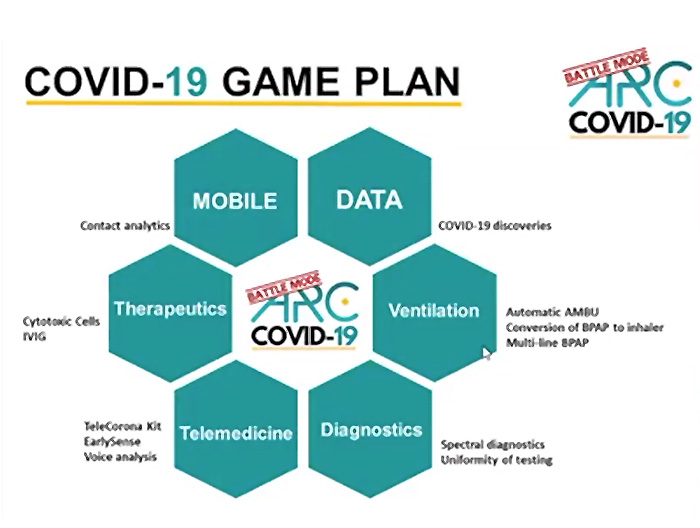
As I continue to meet and read about companies that explore the use of augmented reality (AR) technology, I come across many that struggle to identify meaningful use cases and, subsequently, realize the promise of AR. The fast improvement in the utility and cost of AR technology has not been matched yet by broad adoption of the technology. Most of the time, the culprit is focusing too much on the visual appeal of the technology and failing to deliver meaningful user value.
As I remind my clients, they should look for areas of significant knowledge gaps. These are the gaps between what a particular task requires and the knowledge, skills, and experience of the person performing the task.
Most organizational knowledge gaps are created and grow almost imperceptibly. A knowledge gap might be a result of diminishing expertise as experienced workers are exiting the workforce. Or it might begin with inadequate training of workers using a new technology.
The coronavirus pandemic is a prime example of a knowledge gap that formed overnight as hospitals struggled not only with a shortage of ventilators, but also of physicians, nurses, and respiratory therapists that were spread thin and working under tremendous stress.
But the knowledge gap exposed by the crisis was not only a matter of headcount shortage.
Frontline medical staff needs to install and operate a variety of mechanical ventilators from different manufacturers, some donated by various organizations and countries. The shortage of ventilators led to the use of variable positive airway pressure (VPAP) machines reconfigured to serve as ventilators. So healthcare providers must be able to install and operate a range of unfamiliar devices and operating procedures.
The ARC Innovation Center at Sheba Medical Center in Israel recognized the opportunity to deploy augmented reality to close the continually growing and shifting knowledge gap. In a short time, the center developed AR-based operating procedures to install and operate ventilators using Microsoft’s new HoloLens 2. In addition to a centralized repository of ventilator training resources, the system allows a remote physician and technician to assist frontline providers.
Post-pandemic, the lessons learned and tools developed during the crisis will be part of a growing base of telemedicine methods and tools. Augmented reality will be a crucial technology. But the need remains the same: use the technology to close knowledge gaps, not to replicate—even if in shiny colors—what the workforce already knows.
